Photographer Spotlight - Francesco Martini


Hello everyone! I’m Francesco, and I’m a marine biologist from Italy. Until a few months ago I was working as a Researcher in the European AFRIMED project (Algal Forest Restoration in the MEDiterranean Sea) at the Polytechnic University of Marche in Italy, where I worked mainly on the field all year long transplanting Cystoreira species with different methods. When the project ended, I moved to Barcelona in Spain, and I’m currently looking for a job in the Conservation field or in the diving industry as a Divemaster. But of course, in the meantime I go diving with friends looking for nudibranchs!
I have been always passionate about animals living in the tidepools and to snorkel and free dive along the coastline, studying their behavior and taking pictures of them. While I was studying marine biology in Ancona, I discovered a place where I could find many nudibranchs in tidepools. I spent several hours during the day and night, it has been amazing! After my graduation in 2019, I won a scholarship that allowed me to spend 6 months in Thailand where I became a Divemaster and where I started taking pictures also while diving. The main reason I started all these activities in the water is because I love to discover the underwater world and its inhabitants.

How and why did you get started with photography?
I started taking pictures with a compact camera when I was 15 years old. At the beginning, my favorite subjects were animals, mainly insects and water drops. Then, when I bought the housing for the camera, I also started taking pictures of fishes and octopuses while freediving. But it is only when I started diving at the age of 24, that I developed my macro skills. I’ve always been inclined to the macro world, and I love showing people the small animals’ details that you can’t capture with your own eye.

Tell the community a little about your photography setup! Dive gear and photography must haves.
I’m currently shooting with a Sony rx100vi with a Nauticam housing, wet macro lens SMC-1, Flash Inon z-240 with a snoot. If you like to take pictures during the night (like me) or below the first meter under the sea level, it could be very important to have a good source of light because the water column absorbs some light spectrum, so you don’t see the colors correctly. The source of light could be the internal flash with the diffuser, external strobe, or an external torch.

My favorite nudibranch is Antiopella cristata as it is one of the first nudibranchs I’ve found in my life, and because it seems that it has an inner light and emits radiance coming from its body. The cerata are also very peculiar as it seems they have some little light bubbles around the body. It feeds on different species of bryozoans of the genus Bicellariella and Bugula. Depending on the bryozoan it feeds on, the color could be more yellow or light blue. I like it because it loves cold water (<16°C), you can find it in the Mediterranean rocky shores during springtime, but you can see them even in the cold water of North Europe.

Your go-to resource for identifying nudibranchs or other creatures you see underwater?
I use two books for identifying nudibranchs all around the world “Nudibranch & Seaslug Identification Indo-Pacific” and “Guida practica como fotografiar nudibranquios del litoral Espanol” and one site https://opistobranquis.info/.
Note - Nudibranch & Sea Slug Identification Indo-Pacific is available in my store here!

Where is your favorite place to dive or explore the ocean? Also where are a few places at the top of your bucket list?
I’ve been to some of the most renowned places like Tulamben, but through some special friends I got to know via Instagram, I discovered an incredible place where to find lots of nudibranchs all yearlong: Costa Brava, Spain.
My bucket list is quite long and includes places like Anilao, Lembeh Stait, the Philippines, but since there are more than 3000 species of nudibranchs all around the world and in almost all sea water temperatures, we just need to enter into the water and look for them carefully.

Your goals for underwater photography or diving?
This year my goal is to work in the diving industry, but in the future, I’d like to become an Instructor too in order to transmit my passion for the ocean and the sea creatures. In the free time I’d like to do some fun dives and keep improving my underwater photography skills trying different techniques.

Lastly, some tips and tricks for other underwater photographers who are just getting started.
In the last years some people asked me some tips for beginners’ underwater photography and the first thing I said to them is that first of all, you have to be a very good diver with an excellent buoyancy, then you can start trying to take underwater pictures. This is mainly because you might end up damaging the surrounding ecosystem and also because if you don’t have a very good stability your macro pictures won’t be focused. For macro pictures I suggest in general to start with the Olympus TG series, since they have a very good macro and microscope mode, not too expensive and they don’t need an additional housing for the first meters under the surface.
One trick I used in order to have a black background in the pictures was building a homemade snoot. In fact, I created one myself by cutting a plastic bottleneck and covered it a lot of tape around it to fix it on the external strobe/torch. This not only allows you to try this technique and play around with it but also to save a lot of money for the proper snoot ;)
But the most important tip I can tell you is to experiment as much as possible and don’t be afraid to get bad pictures. Luckily, we live in the digital era and not in the photographic film one, so we have the chance to shoot hundreds of pictures and make a selection of the best one!
















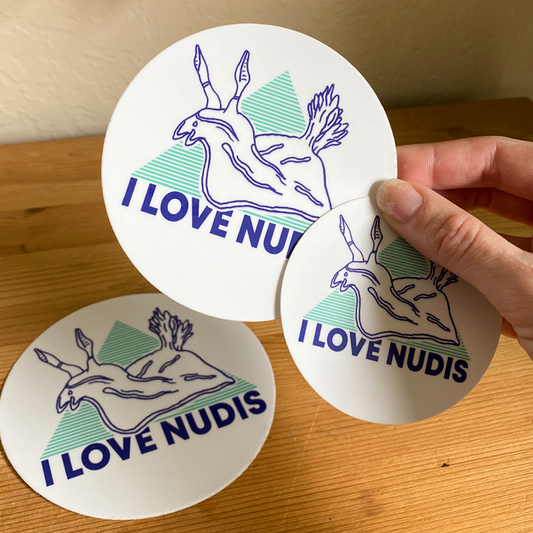

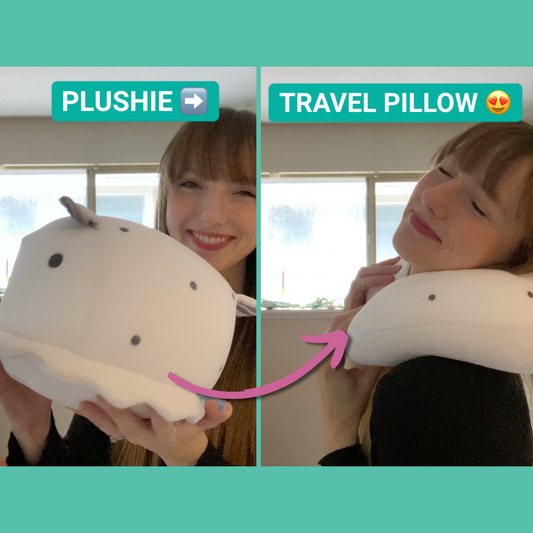
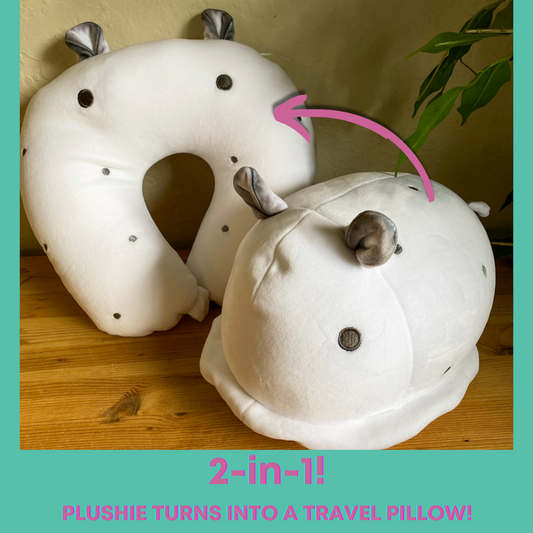
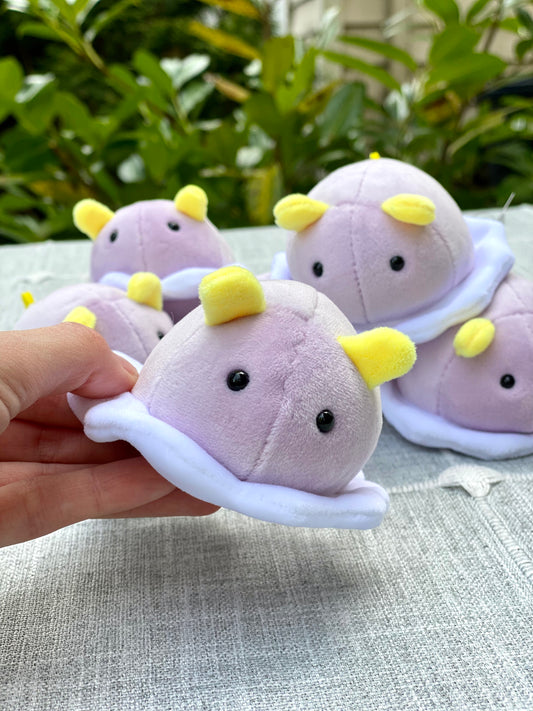
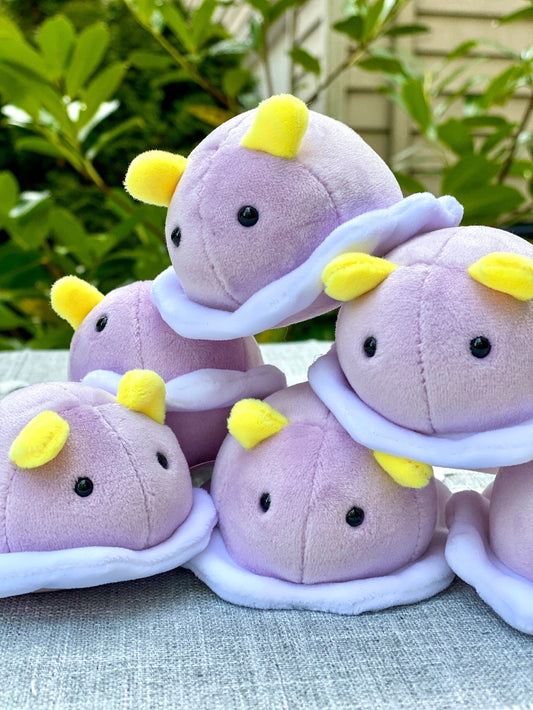
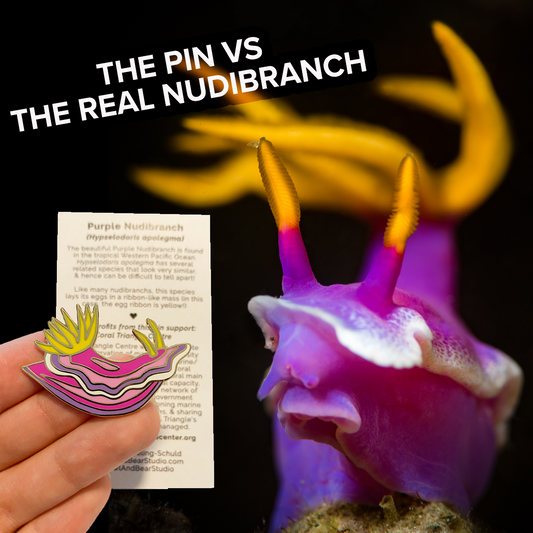
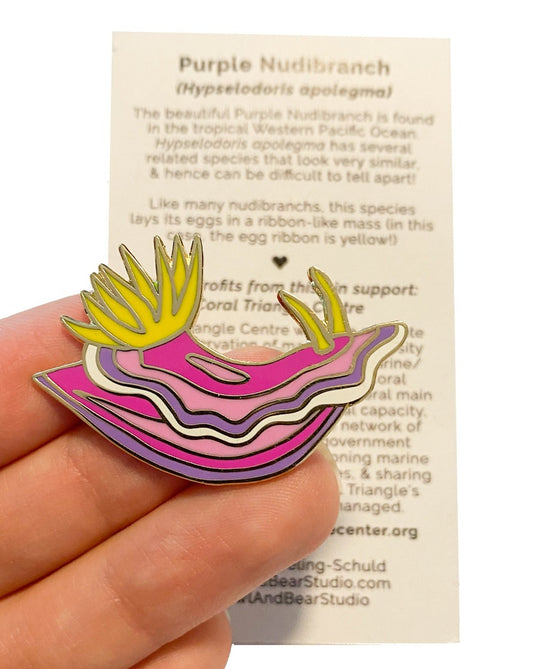
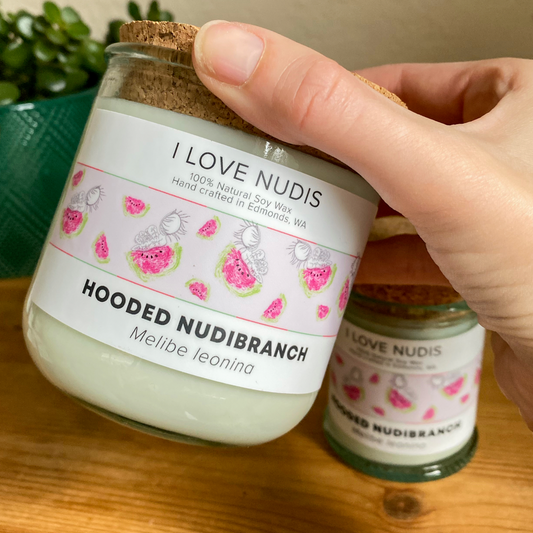
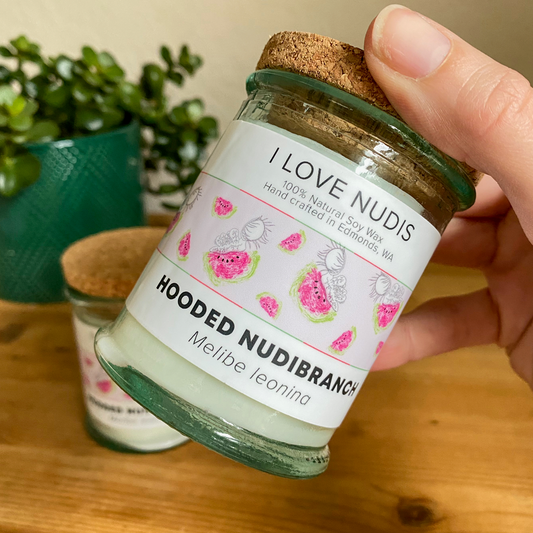
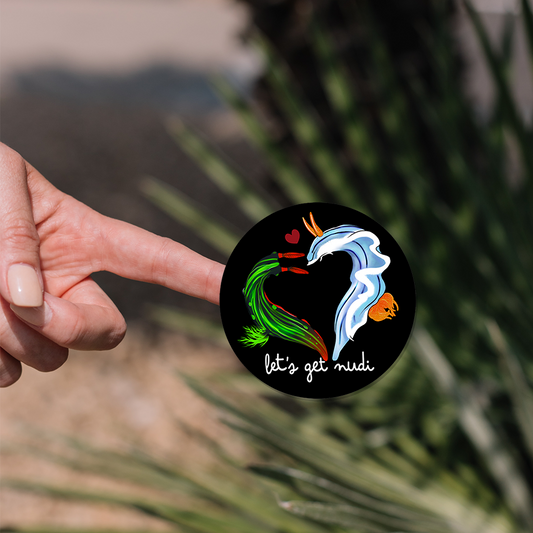
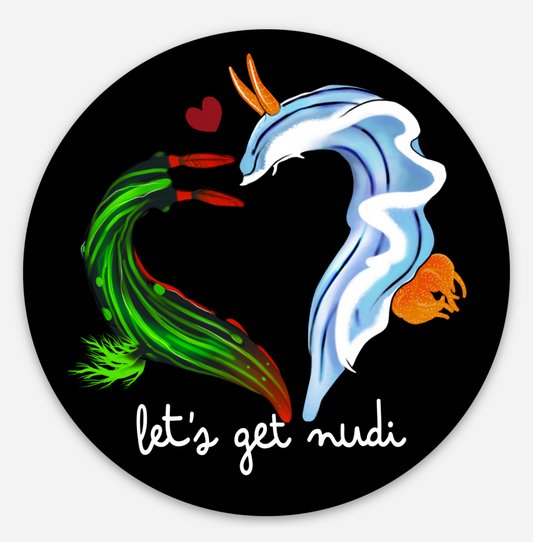


1 comment